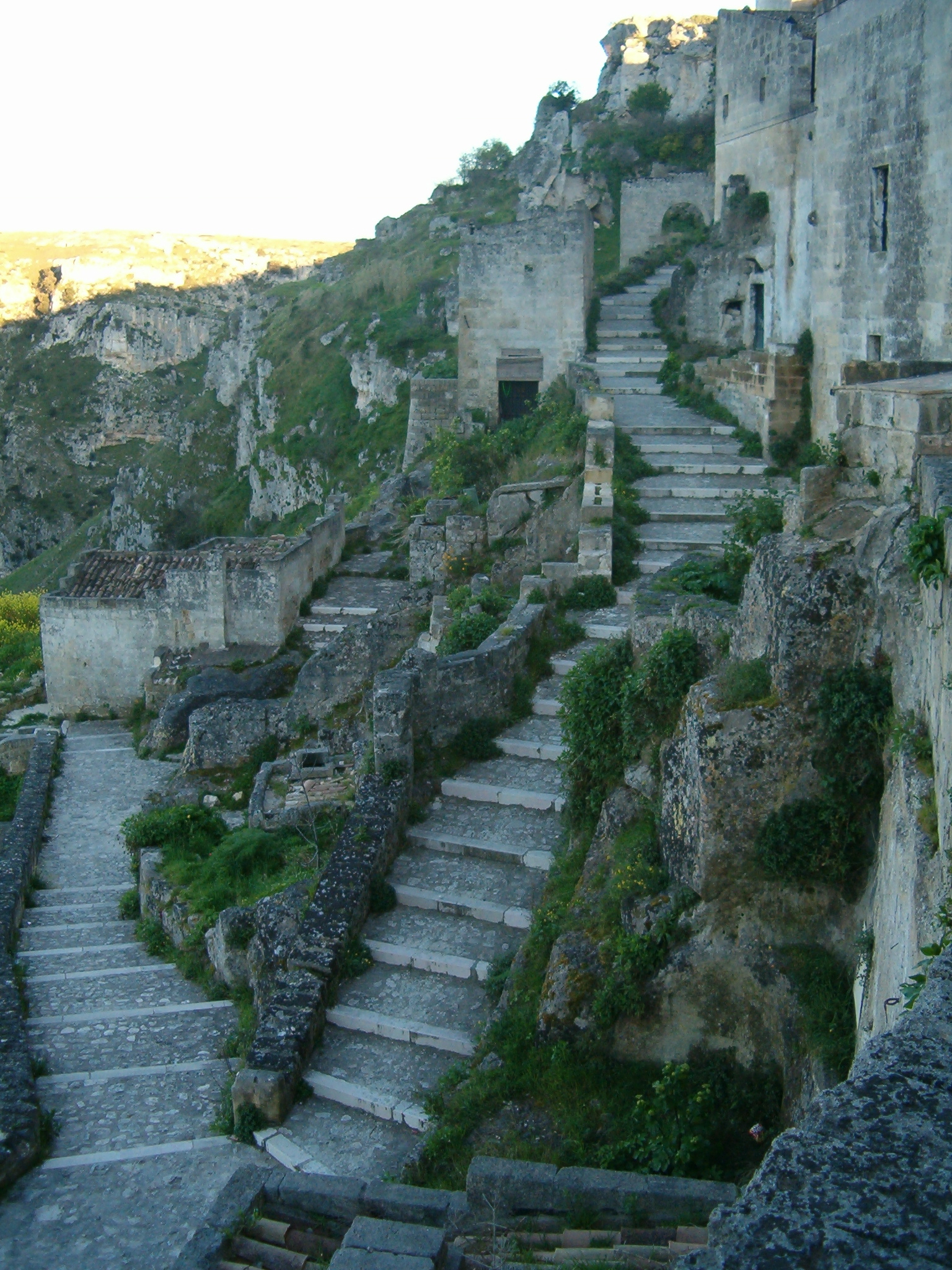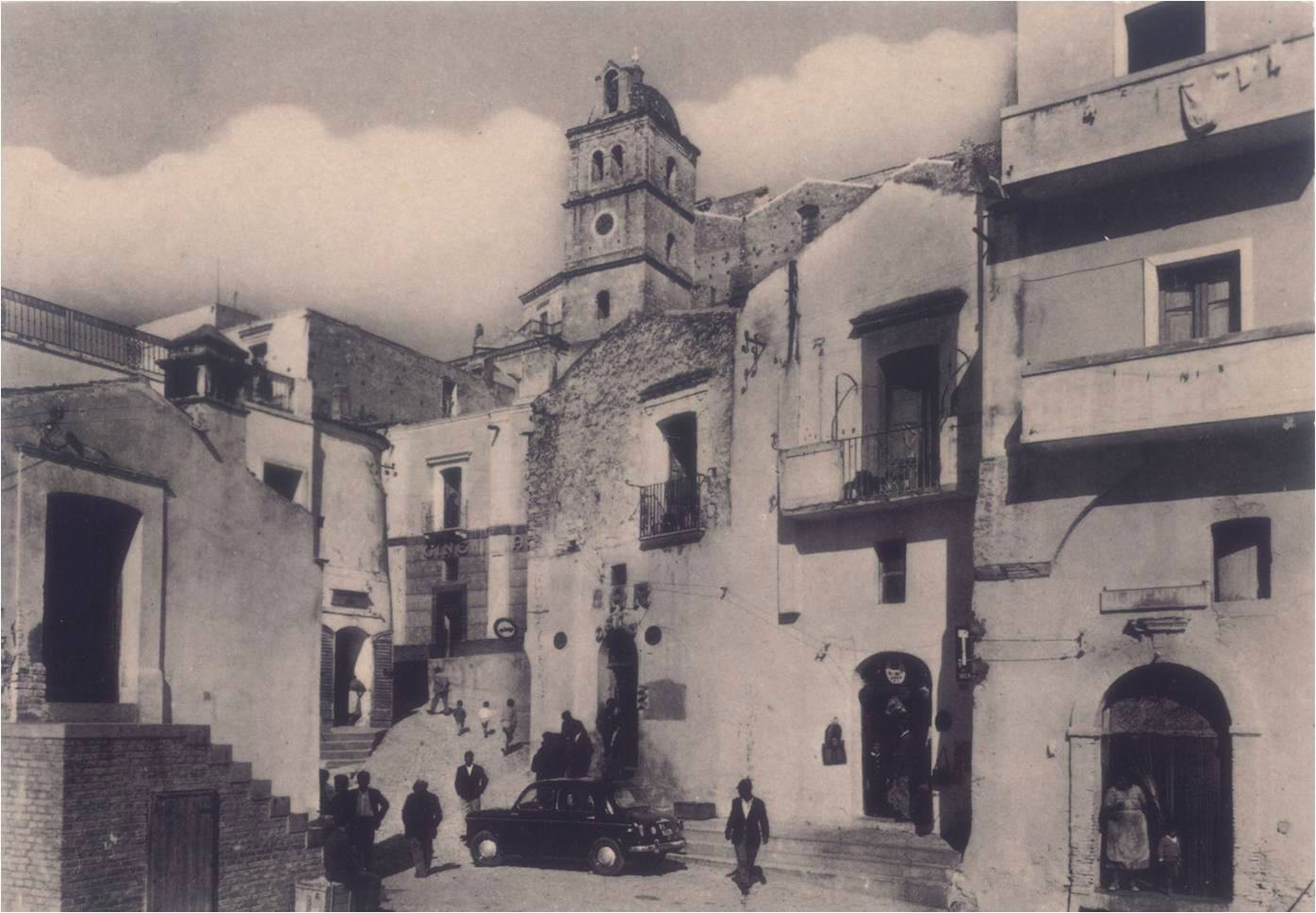|
San Mauro Forte
San Mauro Forte is a town and ''comune'' in the province of Matera, in the Southern Italian region of Basilicata. History The area was established in the sixth century. It was probably part of Magna Graecia. Geography The town is on a hill, above sea level, in the west central part of the province. To the north are the communes of Salandra (14 km/9 miles), Oliveto Lucano (15 km/9 miles) and Garaguso (17 km/11 miles). To the east is Ferrandina (31 km/20 miles) with Craco (25 km/15 miles) and Stigliano (31 km/20 miles) to the south. Accettura is (14 km/9 miles) to the south. The provincial capital, Matera, is 70 km/44 miles away, while the administrative capital of the adjacent province, Potenza, is 66 km/41 miles away. San Mauro Forte is included in the administrative grouping of Upland Communes of the Matera Hills. Main sights * Torre Normanna, "Norman Tower" * The sixteenth-century Church of Santa Maria Assunta, in which are prese ... [...More Info...] [...Related Items...] OR: [Wikipedia] [Google] [Baidu] |
National Institute Of Statistics (Italy)
The Italian National Institute of Statistics ( it, Istituto nazionale di statistica; Istat) is the main producer of official statistics in Italy. Its activities include the census of population, economic censuses and a number of social, economic and environmental surveys and analyses. Istat is by far the largest producer of statistical information in Italy, and is an active member of the European Statistical System, coordinated by Eurostat. History The Italian National Institute of Statistics (IT ISTAT) was founded in compliance with Law Decree no. 1162 of 9 July 1926 as the Central Institute of Statistics (IT Istituto Centrale di Statistica) in order to replace the General Statistics Division of the Ministry for Agriculture (now known as Ministero delle politiche agricole alimentari, forestali e del turismo). The direction of the institution, which was subordinated to the head of state, was given to Corrado Gini. The ISTAT institute, with a staff of about 170 workers, was supp ... [...More Info...] [...Related Items...] OR: [Wikipedia] [Google] [Baidu] |
Stigliano
Stigliano ( Lucano: , Latin: ''Stilianum'') is a town and ''comune'' in the province of Matera, in the Basilicata region of southern Italy. The name is likely of Byzantine origin, stemming from " Stylianos", a Greek name with a Latin ending. History The town was founded by the Lucani, and later was conquered by the Greek colony of Metaponto. During the classical imperial era of the Roman Empire, the town was owned by the Hostilii family. After the fall of the Western Roman Empire, it fell under the Lombards, and was part of the medieval Principality of Salerno. In 1070, it was given to the bishops of Tricarico. In 1274 King Charles I of Anjou gave it as a fief to Giacomo di Bosciniano. The powerful Neapolitan family of the Carafa acquired it in 1289. In 1556 the whole fief passed under the Spanish Dukes the Medina, who made it capital of the Basilicata province. In 1806, after the abolition of feudalism, Stigliano went under the direct administration of the Kingdom of Naples ... [...More Info...] [...Related Items...] OR: [Wikipedia] [Google] [Baidu] |
Anthony The Great
Anthony the Great ( grc-gre, Ἀντώνιος ''Antṓnios''; ar, القديس أنطونيوس الكبير; la, Antonius; ; c. 12 January 251 – 17 January 356), was a Christian monk from Egypt, revered since his death as a saint. He is distinguished from other saints named Anthony, such as , by various epithets: , , , , , and . For his importance among the Desert Fathers and to all later Christian monasticism, he is also known as the . His feast day is celebrated on 17 January among the Orthodox and Catholic churches and on Tobi 22 in the Coptic calendar. The biography of Anthony's life by Athanasius of Alexandria helped to spread the concept of Christian monasticism, particularly in Western Europe via its Latin translations. He is often erroneously considered the first Christian monk, but as his biography and other sources make clear, there were many ascetics before him. Anthony was, however, among the first known to go into the wilderness (about AD 270), whic ... [...More Info...] [...Related Items...] OR: [Wikipedia] [Google] [Baidu] |
Majolica
In different periods of time and in different countries, the term ''majolica'' has been used for two distinct types of pottery. Firstly, from the mid-15th century onwards, was ''maiolica'', a type of pottery reaching Italy from Spain, Majorca and beyond. This was made by a tin-glaze process (dip, dry, paint, fire), resulting in an opaque white glazed surface decorated with brush-painting in metal oxide enamel colour(s). During the 17th century, the English added the letter '' j'' to their alphabet. ''Maiolica'' was commonly anglicized to ''majolica'' thereafter. The second style of pottery known as ''majolica'' is the mid- to late-19th century Victorian style made by a simpler process (painting and then firing) whereby coloured lead silicate glazes were applied directly to an unfired clay mould, typically relief-moulded, resulting in brightly coloured, hard-wearing, inexpensive wares that were both useful and decorative, typically in naturalistic style. This type of majolica wa ... [...More Info...] [...Related Items...] OR: [Wikipedia] [Google] [Baidu] |
Potenza
Potenza (, also , ; , Potentino dialect: ''Putenz'') is a ''comune'' in the Southern Italian region of Basilicata (former Lucania). Capital of the Province of Potenza and the Basilicata region, the city is the highest regional capital and one of the highest provincial capitals in Italy, overlooking the valley of the Basento river in the Apennine Mountains of Lucania, east of Salerno. Its territory is bounded by the comuni of Anzi, Avigliano, Brindisi Montagna, Picerno, Pietragalla, Pignola, Ruoti, Tito and Vaglio Basilicata. History of Potenza Ancient times The first settlement of Potentia (Potenza's original Latin name) was probably located at a lower elevation than at present, some south of today's Potenza. The Lucanians of Potentia sided against Rome's enemies during the latter's wars against the Samnites and the Bruttii. Subjugated during the 4th century BC (later gaining the status of ''municipium''), the Potentini rebelled after the Roman defeat at Cannae ... [...More Info...] [...Related Items...] OR: [Wikipedia] [Google] [Baidu] |
Matera
Matera (, ; Materano: ) is a city in the region of Basilicata, in Southern Italy. As the capital of the province of Matera, its original settlement lies in two canyons carved by the Gravina River. This area, the Sassi di Matera, is a complex of cave dwellings carved into the ancient river canyon. Over the course of its history, Matera has been occupied by Romans, Longobards, Byzantines, Saracens, Swabians, Angevins, Aragonese, and Bourbons. By the late 1800s, Matera's cave dwellings became noted for intractable poverty, poor sanitation, meager working conditions, and rampant disease. Evacuated in 1952, the population was relocated to modern housing, and the Sassi (Italian for "stones") lay abandoned until the 1980s. Renewed vision and investment led to the cave dwellings becoming a noted historic tourism destination, with hotels, small museums and restaurants – and a vibrant arts community. Known as ("the underground city"), the Sassi and the park of the Rupestrian Chur ... [...More Info...] [...Related Items...] OR: [Wikipedia] [Google] [Baidu] |
Accettura
Accettura is a town and ''comune'' in the province of Matera, in the Southern Italian region of Basilicata. It is bounded by the ''comuni'' of Calciano, Campomaggiore, Cirigliano, Oliveto Lucano, Pietrapertosa, San Mauro Forte and Stigliano. Geography The territory is half covered by forests and pastures. Around the commune there are the Manche, Gallipoli, Montepiano, Vallefredda and Tempacortaglie mountains. Accettura is above sea level and is bordered to the north with the comunes of Campomaggiore and Calciano, to the east with Oliveto Lucano and San Mauro Forte, to the south with Stigliano and Cirigliano, and to the west with Pietrapertosa (PZ). Etymology The term, according to some, is derived from the theme of the word "acceptor", which in Latin is Accipiter. For others, it stems from the symbol of the country, to accept a small plot of land, etc. History The first official mention of Accettura in documents was by Pope Nicholas II in 1060, who sent a document sen ... [...More Info...] [...Related Items...] OR: [Wikipedia] [Google] [Baidu] |
Craco
Craco is a ghost town and ''comune'' in the province of Matera, in the southern Italian region of Basilicata. It was abandoned towards the end of the 20th century, due to faulty pipe work that was thought to have failed, causing the town to be abandoned due to a land slide. The abandonment has made Craco a tourist attraction and a popular filming location. In 2010, Craco was included in the watch list of the World Monuments Fund. Geography Craco is about inland from the Gulf of Taranto. The town was built on a very steep summit for defensive reasons, giving it a striking appearance and distinguishing it from the surrounding land. The centre, built on the highest side of the town, faces a ridge which runs steeply to the southwest, where newer buildings exist. The town sits atop a cliff that overlooks the Cavone River valley. Throughout the area are many vegetation-less mounds called '' calanchi'' (badlands) formed by intensive erosion. History Tombs have been found dating fro ... [...More Info...] [...Related Items...] OR: [Wikipedia] [Google] [Baidu] |
Saint Maurus
Maurus (french: Maur; it, Mauro) was the first disciple of Benedict of Nursia (512–584). He is mentioned in Gregory the Great's biography of the latter as the first oblate, offered to the monastery by his noble Roman parents as a young boy to be brought up in the monastic life. Four stories involving Maurus recounted by Gregory formed a pattern for the ideal formation of a Benedictine monk. The most famous of these involved Saint Maurus's rescue of Placidus, a younger boy offered to Benedict at the same time as Maurus. The incident has been reproduced in many medieval and Renaissance paintings. Maurus is venerated on January 15 in the 2001 Roman Martyrology and on the same date along with Placid in the ''Proper Masses for the Use of the Benedictine Confederation''. The Legendary Life of Saint Maurus A long ''Life of St. Maurus'' appeared in the late 9th century, supposedly composed by one of Maurus's 6th-century contemporaries. According to this account, the bishop of ... [...More Info...] [...Related Items...] OR: [Wikipedia] [Google] [Baidu] |
Ferrandina
Ferrandina ( Lucano: ) is a town and ''comune'' in the province of Matera, in the Southern Italian region of Basilicata. It is a center for production of high quality olive oil. Geography data The town is located on a hill in the Basento Valley on the western bank of the river Basento. Ferrandina is part of the "Collina Materana" and it is the fourth biggest town in Basilicata. Towns close are: Pomarico, Miglionico, Salandra, Pisticci, Grottole, San Mauro Forte and Craco. Ferrandina is from Matera and from Potenza. Climate The typical Materan hill climate is very hot during the summer and cold and fresh during the winter. Rain fall is concentrated principally from October to May and snow in winter. Also heavy fog in the autumn-winter season. History The towns roots go back as far as Magna Grecia, about 1000 BC. The original name was ''Troilia'', while its acropolis was called Obelanon (Uggiano). Troilia was built in memory of the Asia Minor city Troia by the Ancient Gree ... [...More Info...] [...Related Items...] OR: [Wikipedia] [Google] [Baidu] |
Salandra
Salandra ( Lucano: ; ) is a town and ''comune'' in the province of Matera, in the Southern Italian region of Basilicata it, Lucano (man) it, Lucana (woman) , population_note = , population_blank1_title = , population_blank1 = , demographics_type1 = , demographics1_footnotes = , demographics1_title1 = , demographics1_info1 = .... References Cities and towns in Basilicata {{Basilicata-geo-stub ... [...More Info...] [...Related Items...] OR: [Wikipedia] [Google] [Baidu] |





